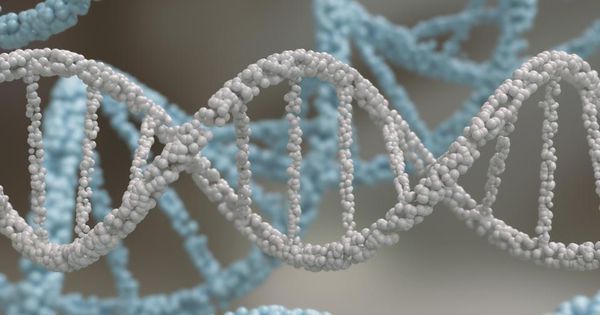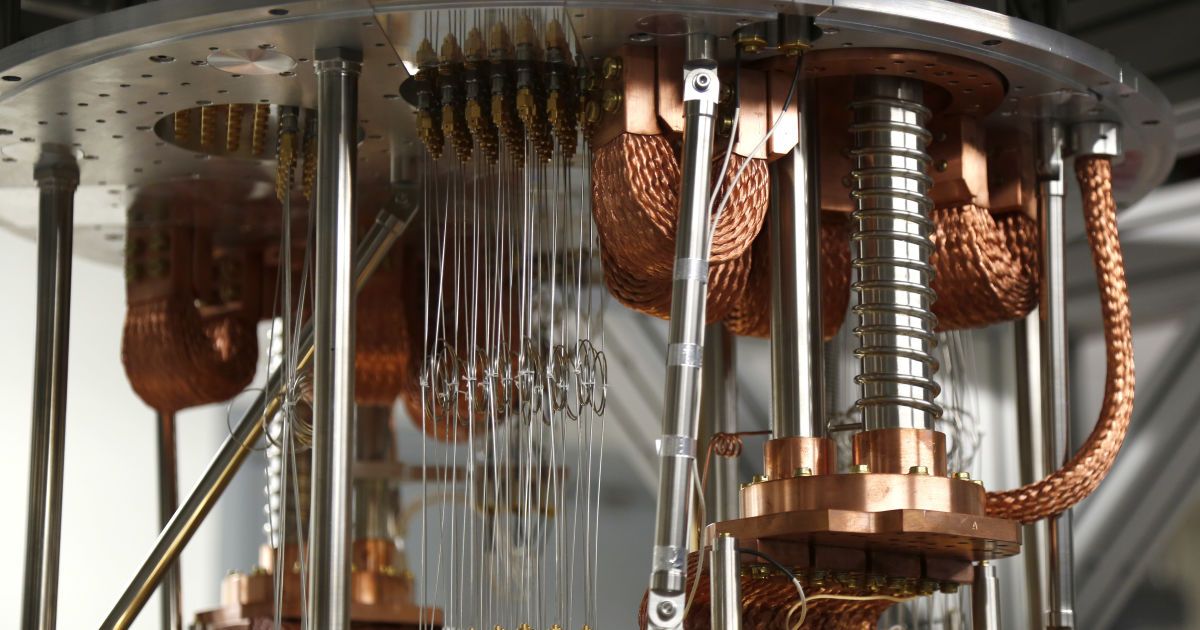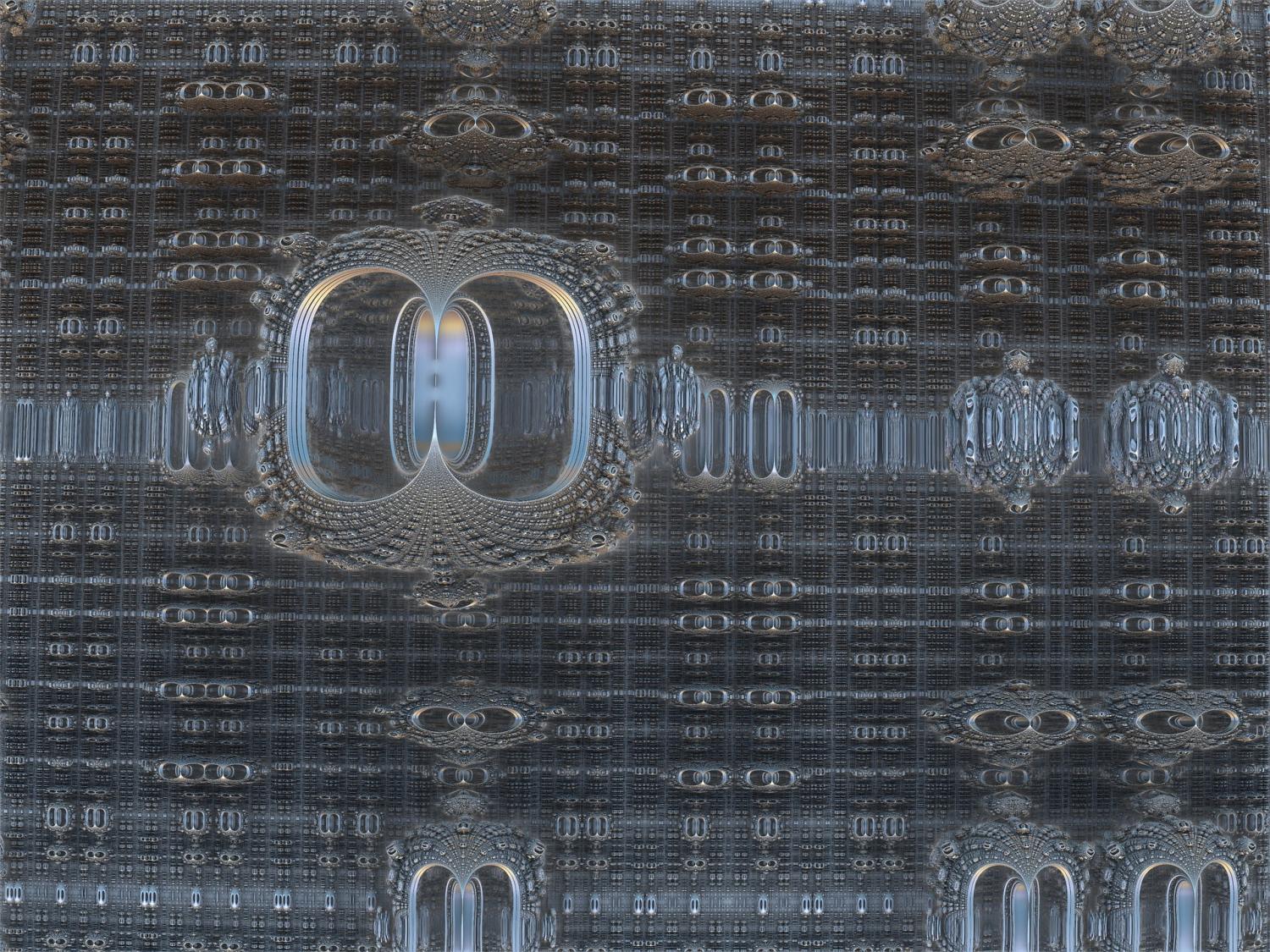Made from a synthetic version of the highly-prized sapphire gemstone, new transparent armor is lighter, thinner and pulverizes bullets on impact.
Currently used by the military on powerful missile launchers and state-of-the-art fighter jets, the unusual transparent armor also has wide-ranging potential to protect troops on the battlefield.
Sapphire gems have long been sought after for their stunning blue beauty, but synthetic sapphires are prized for combat applications. The sapphire is harvested synthetically, producing pure sapphires that are transparent like glass — instead of the iconic blue.






